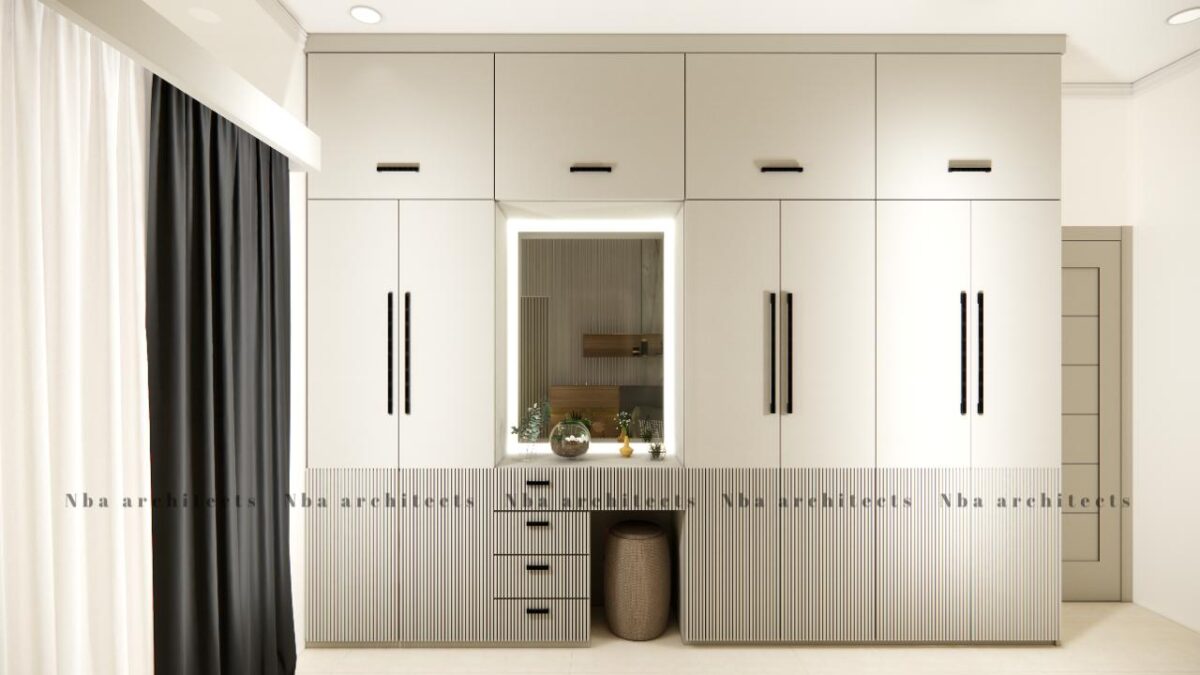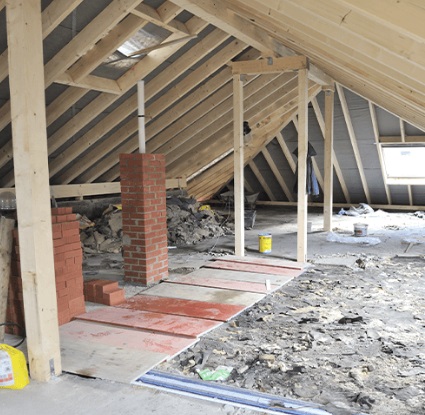What is the Best Thing for a Bathroom Ceiling?

When it comes to designing or renovating a bathroom, attention to detail is key. While many aspects of bathroom design demand consideration, the often-overlooked bathroom ceiling plays a significant role in creating a cohesive and functional space.
In this exploration, we will delve into the world of Ceiling Tiles for Bathroom, examining various materials and factors to help you determine the best choice for your bathroom sanctuary.
1. Moisture Resistance:
Bathrooms are inherently high-moisture environments, making it crucial to select a ceiling material that can withstand the constant exposure to humidity. Moisture-resistant materials are essential to prevent issues like mold, mildew, and water damage. One popular choice is moisture-resistant drywall, specifically designed for wet areas.
Alternatively, PVC (polyvinyl chloride) and fiberglass-reinforced gypsum boards are excellent options known for their resistance to moisture.
2. Durability and Longevity:
Bathroom ceilings are exposed to various conditions, from temperature fluctuations to occasional splashes. Opting for a durable material ensures a longer lifespan and reduces the need for frequent maintenance.
High-quality PVC panels, for example, are known for their durability and resistance to wear and tear. Similarly, fiberglass-reinforced gypsum boards offer both strength and longevity, making them ideal for bathroom ceilings.
3. Aesthetic Appeal:
Beyond functionality, the aesthetic appeal of a bathroom ceiling contributes significantly to the overall ambiance of the space. Various materials allow for different design possibilities. Traditional options like moisture-resistant paint or tiles provide a clean and classic look.
For a more modern touch, consider PVC panels with sleek finishes or wooden panels that add warmth and texture. The choice of material should align with your overall bathroom design theme.
4. Ease of Maintenance:
A bathroom ceiling that is easy to clean and maintain is a practical choice for busy lifestyles. Smooth surfaces, such as moisture-resistant paint or PVC panels, can be easily wiped clean, reducing the effort required to keep your bathroom looking fresh.
Additionally, choosing materials resistant to mold and mildew minimizes the need for extensive cleaning and maintenance over time.
5. Insulation Properties:
While insulation may not be the first consideration for a bathroom ceiling, it can contribute to energy efficiency and comfort. Insulated tiles or panels help regulate the temperature in the bathroom, preventing heat loss and reducing energy costs.
This becomes especially relevant in bathrooms located in colder climates where maintaining a comfortable temperature is essential.
6. Acoustic Performance:
Bathrooms are often filled with hard surfaces that can result in sound reverberation. To create a more comfortable and noise-free environment, consider ceiling materials with acoustic properties. Acoustic tiles or panels can absorb sound, reducing echoes and creating a more serene atmosphere in your bathroom.
7. Cost Considerations:
Budget plays a significant role in any home improvement project, and the choice of bathroom ceiling material is no exception. While some materials may come with a higher initial cost, they might offer long-term benefits in terms of durability and maintenance. Evaluate your budget and priorities to strike the right balance between cost and quality.
Options for Bathroom Ceilings
1. Moisture-Resistant Drywall:
Moisture-resistant drywall, commonly known as greenboard or blueboard, is specifically designed for use in areas with high humidity, making it an ideal choice for bathroom ceilings. It is gypsum-based and treated with water-resistant additives, providing a durable and moisture-resistant surface. However, it’s essential to note that while moisture-resistant, it is not entirely waterproof.
2. PVC Panels:
Polyvinyl chloride (PVC) panels are a popular choice for bathroom ceilings due to their water-resistant properties. These lightweight panels are easy to install and come in various styles, colors, and finishes. PVC ceilings are low-maintenance, as they can be easily wiped clean, making them an excellent option for busy households.
3. Fiberglass-Reinforced Gypsum Board:
Gypsum boards reinforced with fiberglass offer increased strength and moisture resistance. These boards are an excellent choice for bathroom ceilings, providing durability while maintaining a smooth and appealing surface. Fiberglass-reinforced gypsum boards are resistant to mold and mildew, addressing common concerns in high-moisture environments.
4. Moisture-Resistant Paint:
Moisture-resistant paint is a budget-friendly option for bathroom ceilings. While it may not offer the same level of protection as other materials, it can provide a clean and simple finish. Ensure that the chosen paint is specifically formulated for high-moisture areas to prevent peeling or discoloration over time.
5. Tiles:
Ceiling tiles, particularly those designed for bathroom use, are available in various materials such as vinyl, metal, or mineral fiber. These tiles are moisture-resistant and can add a decorative touch to your bathroom. Tiles also allow for easy access to plumbing and electrical components above the ceiling, simplifying any potential repairs or maintenance.
6. Wooden Panels:
Wooden panels can introduce warmth and natural texture to a bathroom, creating a spa-like ambiance. While wood is not traditionally associated with high-moisture areas, modern treatments and sealants can enhance its moisture resistance. It’s essential to choose hardwoods or treated wood that can withstand the humid conditions of a bathroom.
Conclusion
Selecting the best material for your bathroom ceiling involves a thoughtful consideration of various factors, including moisture resistance, durability, aesthetics, maintenance, insulation, acoustic performance, and budget.
Each material brings its own set of advantages, allowing you to tailor your choice to match the specific requirements and style preferences of your bathroom.
Whether you opt for moisture-resistant drywall, PVC panels, fiberglass-reinforced gypsum boards, or another material, a well-chosen ceiling can contribute to the overall functionality, beauty, and longevity of your bathroom space.
Also Read: How Can I Make My Ceiling Panel Look Better?











